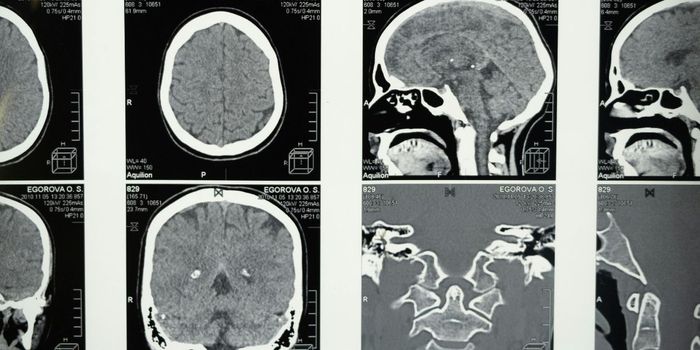Malarial Organism Characteristics Leads Researchers To Potential Cancer Therapeutic Target
The malaria parasite, Plasmodium falciparum, is dangerous and a public health concern in Africa. According to sources, malaria infection kills nearly a million people per year with many of those being children in Africa. P. falciparum is not the only species to cause disease, however. Plasmodium vivax is a less deadly species more common to areas beyond Africa. There’s been a number of scientists focused on how to target the organism to treat and ultimately prevent illness.
The parasite is also adapting to become resistant to first line drugs currently on the market. Researchers in Australia utilized the mechanism of the parasite as it enters reticulocytes to find potential new therapeutic targets. One such target is the transferrin receptor which brings circulating iron into red blood cells. Targeting the transferrin receptor is difficult because of the body’s need for iron. However, in keeping with this theory, the multitude of receptors the organism uses and has become of interest to cancer researchers. One group of collaborators in both the United States and abroad, have found commonality between placental tissues and cancer by way of the malarial parasite. Both cell types express a type of sugar molecule that may be a future potential for broad cancer therapies.
It is well known that the Plasmodium parasite can affect the placenta during pregnancy. The organism replicates within an infected erythrocyte and because of that infection, the red blood cell becomes a target for clearance through the host spleen. The organism has developed a variation over time to express an adhesion molecule on the cellular surface of infected cells to remain in the body and avoid destruction. The protein, VAR2CSA, binds exclusively to placental chondroitin sulfate (pl-CS) which is thought to contribute to the ability of early fetal cells, trophoblasts, to invade the uterine tissue and quickly replicate as part of the implantation process. The researchers postulated that this mechanism of proliferation is similar to tumor development; perhaps tumors express similar pl-CS protein structures to which recombinant cells with VAR2CSA proteins could help target.
The researchers found that the VAR2CSA expressing P. falciparum infected cells bind to human cancer cells in vitro; these same cells did not bind to normal healthy cells. The group created a recombinant variant expressing VAR2CSA (rVAR2) which bound both human and murine placental tissue. This rVAR2 was also shown to bind to cancer cells lines of hematopoietic, epithelial, and mesenchymal origin at a rate of 95%. The study outlined the findings that pl-CS is widely expressed in human cancers. In animal trials, the group demonstrated that an rVAR2 drug targeted non-Hodgkin’s lymphoma tumors, and a percentage of mice with prostate and metastatic breast cancer tumors were cured a month after receiving the experimental treatment.
Translating findings from animal to human trials can be complicated but the findings are encouraging because the data demonstrate the potential for exploiting the CS chain present in different cancer cell lines as a therapeutic target. In addition, rVAR2 could facilitate anti-cancer medicines directly to the tumor without damaging healthy tissues.
Sources: Cancer Cell, Science, Infectious Diseases of Poverty, IFL Science,









